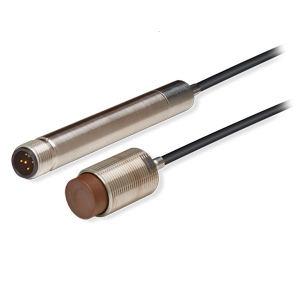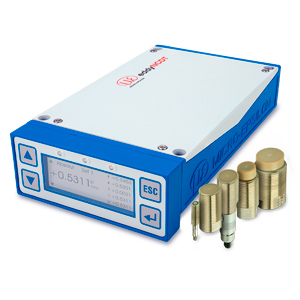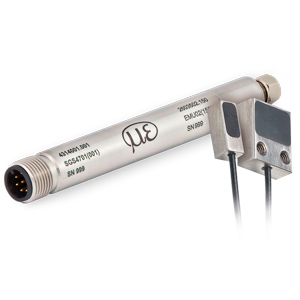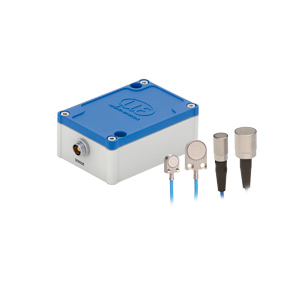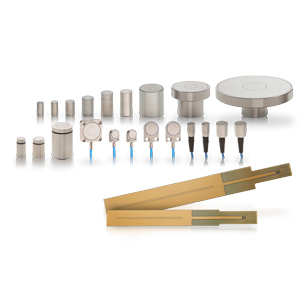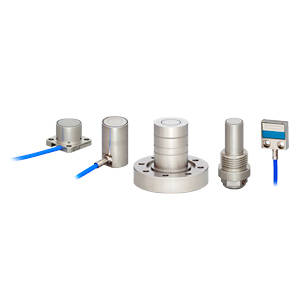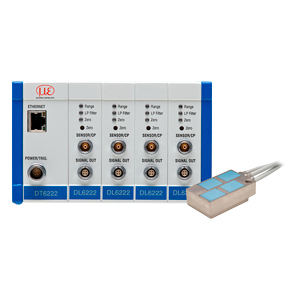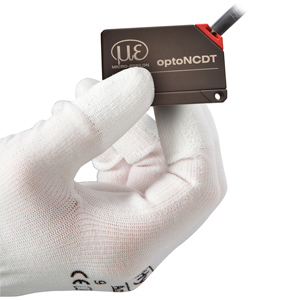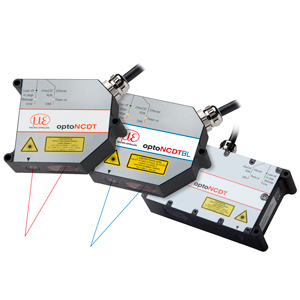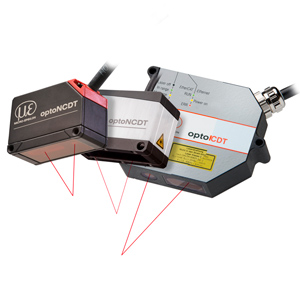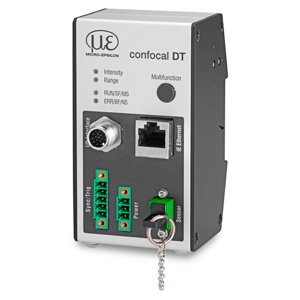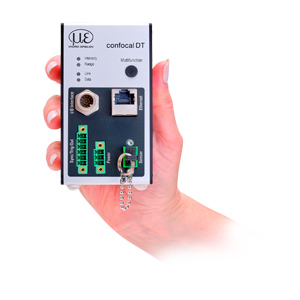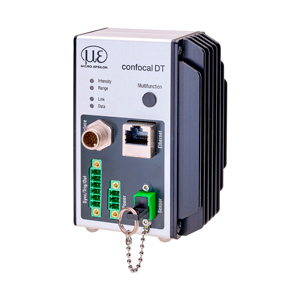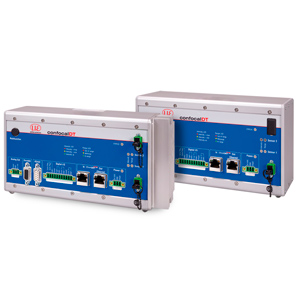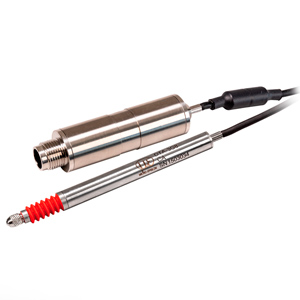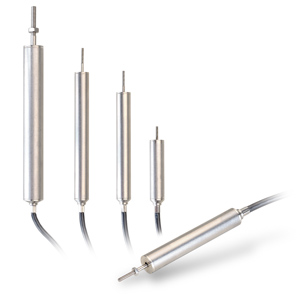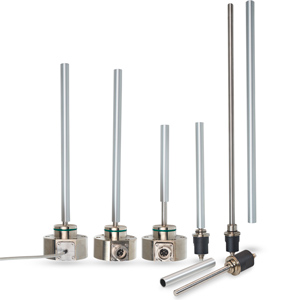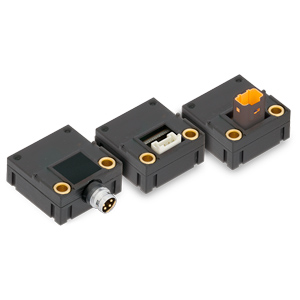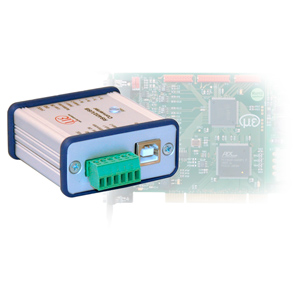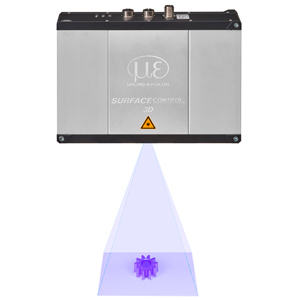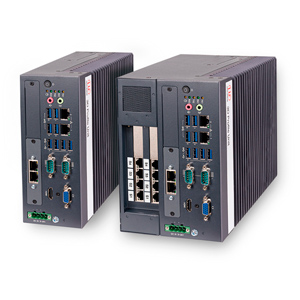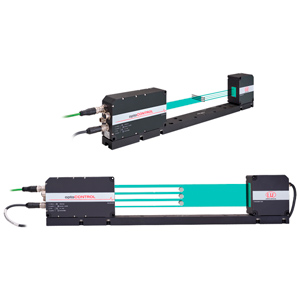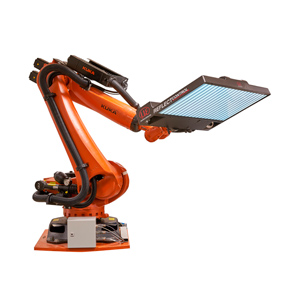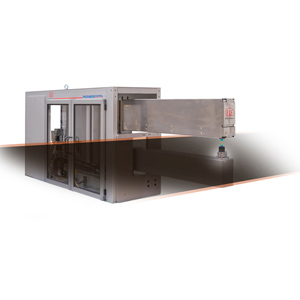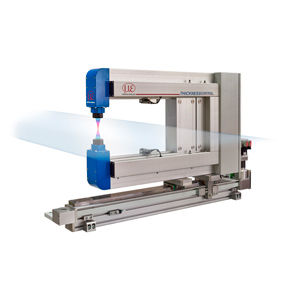In many industries, colour implies quality. It is therefore crucial to match the correct colour shade in the production process and to produce it homogeneously throughout numerous batches, says Glenn Wedgbrow, Business Development Manager at Micro-Epsilon UK.
In many industries, particularly consumer goods, colour implies quality. For any goods that arrive at the final customer, the exact colour shade affects the value and identity of the product and the brand. Colour not only leaves behind an impression of quality but can also be used as an indirect quantity to control the process. For example, colour sensors are used to monitor the presence of adhesive beading, to sort parts or to determine active ingredients. In most cases, colour sensors are the more cost-effective solution as they provide more precision than conventional switching sensors.
Various sensor types
In physical terms, colour is a reflected intensity spectrum in the visible wavelength range. This reflection spectrum depends on the object colour and the illumination. Illumination is defined by different light sources, e.g. light bulbs, daylight, fluorescent lamps or cold white LEDs. A colour sensor detects the reflected spectrum and imitates the principle of the human eye. The ability of a colour sensor to determine or measure the colour presented to it is dependent on the detection technology used in the sensor.
RGB sensors
Narrow-band colour filters divide the received light spectrum into the three colour coordinates: Red (R), Green (G) and Blue (B). The sensor evaluates the intensity of the respective colour coordinates and outputs them as an analogue signal. The three colour values are often combined into one displayed digital value and therefore have only little information value about the colour detected. Furthermore, an RGB sensor cannot separate colour information and brightness, i.e., changing the brightness also changes the displayed colour. Also, the RGB filters only cover a small portion of the spectrum and thus not all colours can be seen.


